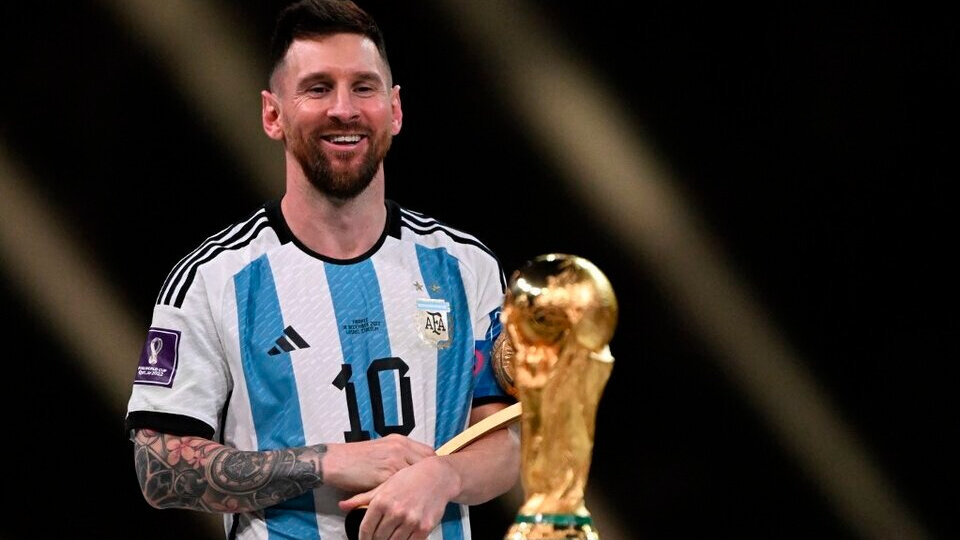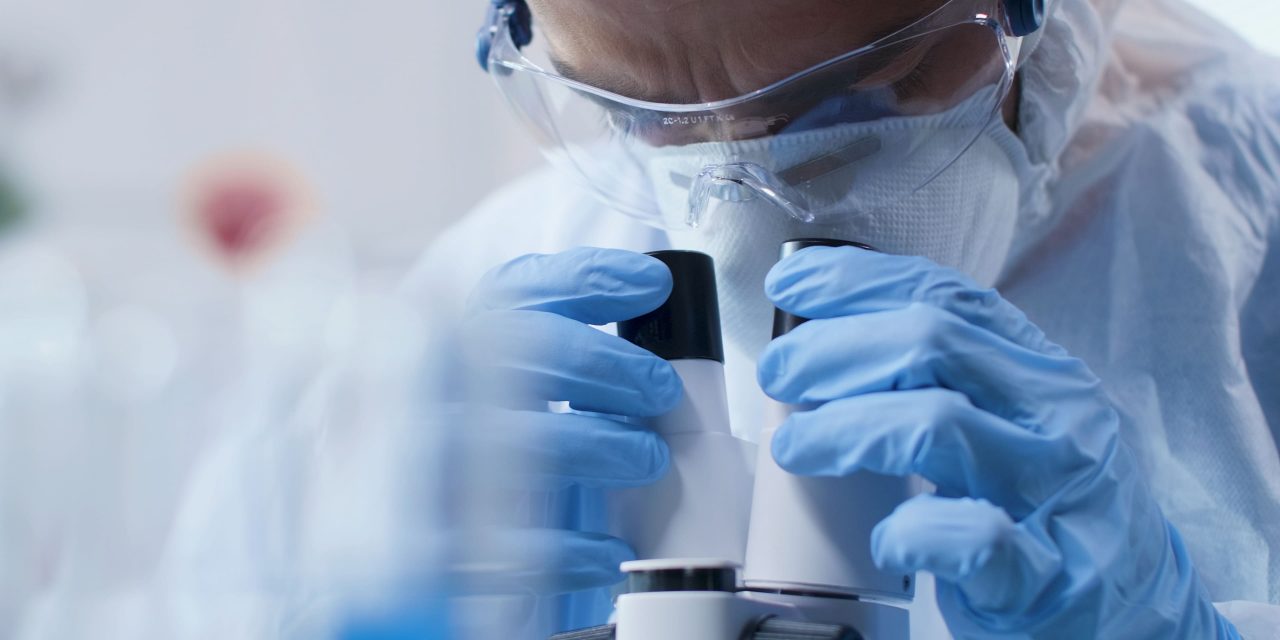In February 2023, American biochemist and Nobel Prize laureate Paul Berg died at the age of 96. In 1972, he and his team published an article in a scientific journal describing the creation of the first recombinant DNA molecule. This molecule is made by joining (recombining) DNA from different species in a test tube. The development of this technology has completely changed the field of genetics.. In fact, the ability to cut pieces of DNA and splice them together in a test tube was vital to the development of genetic engineering. Through genetic engineering, GMOs can be produced, which are very important tools for biomedical research and development. Also through genetic engineering, the genome of an organism can be modified so that it possesses a gene of another species, thus making it a GMO.
Although there are GMOs whose use (or abuse) is questionable, The advances in human health made by recombinant DNA technologies are indisputable. A clear example of this is the development of vaccines against the SARS-CoV-2 virus. The pandemic would have been exponentially more torturous without vaccines.
Another closely related application is the production of human proteins in bacteria. This technique consists of adding a human gene to the genome of bacteria that has the information to produce a specific protein. (Most genes have the information to make proteins, which are the molecules that allow our cells and organs to function.) Thus, after years of laboratory work, bacteria become an important protein factory.
The first protein to be produced in this way was insulin, which is used to treat diabetes.. Growth hormone is also produced in this way, which, as its name suggests, makes it possible to correct deficiencies in growth. Before there were interconnected versions of these two proteins (that’s what protein copies are called when produced in bacteria), both were purified from animal organs: insulin with pig or cow pancreas and growth hormone with human brains.
In the case of growth hormone, a transition to protein acquisition by genetic engineering was inevitable, because the strategy of purifying protein from cadaver samples presents unacceptable risks. It was discovered that the hormone purified from human brains can be contaminated with another protein called a prion, which causes the terrible Creutzfeldt-Jakob disease, better known as “mad cow disease.”
This result led to the discontinuation of the use of growth hormone from human tissue. Luckily, The production of recombinant proteins does not carry such risks, which has allowed continued medical use of recombinant growth hormone since 1985.. A few years later, this virtuous healer meets our hero.
Lionel Messi was born in 1987 in the city of Rosario. At nine years old, when he was much shorter than his teammates but was already fielding players in the lower ranks of Newell’s, medical studies determined that Lionel had a growth hormone deficiency. at that moment, The doctors decided that he should start treatment with recombinant growth hormone.
According to the doctor who treated him, Messi was 15 cm shorter than he currently measures. Will the 1.50m tall Messi be able to look over the wall and determine where the free kick is taken? Was he going to be able to fend off the attacks of the defenders who were two-headed past him? Would Messi, 1.50 meters high, dare say “What are you looking at, silly? Andá pallá” to a two-meter Dutch giant?
Wondering if Messi would have been the same without recombinant growth hormone treatment he enters the swampy terrain of antihistory. I am inclined to believe that it will not be the same, and I’d like to think we wouldn’t have won the World Cup if Berg and his team hadn’t started advancing genetic engineering. Perhaps, upon seeing Messi win the trophy, the Nobel laureate felt that his contribution to humanity was complete.
* Professor of Genetics at the Faculty of Exact and Natural Sciences at UBA and researcher at Conicet.





